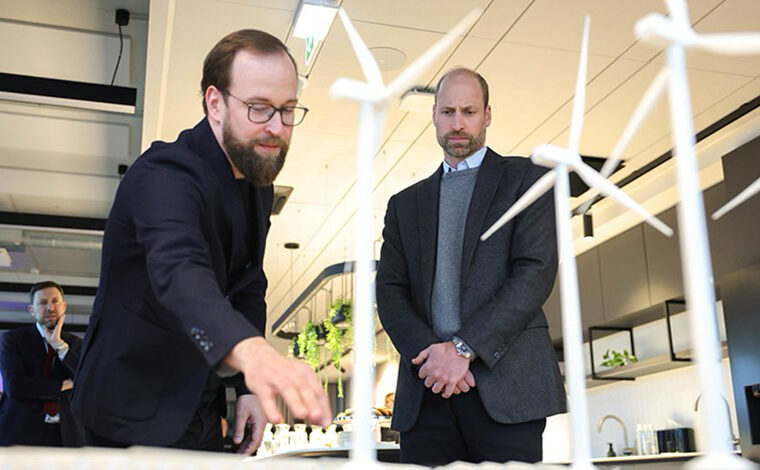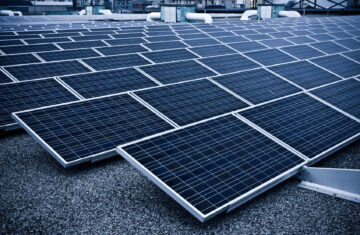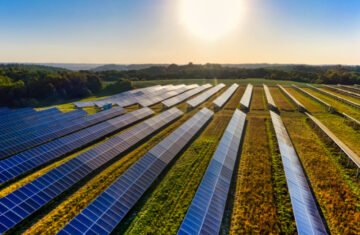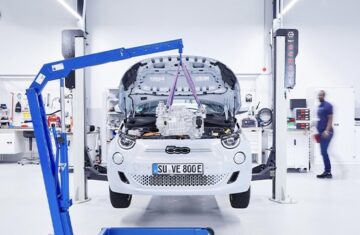During a recent visit to Estonia, Prince William engaged with representatives from Sunly, a company at the forefront of hybrid energy solutions. This visit coincided with significant geopolitical shifts, as the Baltic states have permanently disconnected from the Russian power grid and integrated with the European system, enhancing their energy security.
At Sunly’s headquarters, the Prince was introduced to the company’s flagship project, the Risti Energy Park, a €335 million investment that stands as the largest solar installation in the Baltics. The facility, with a capacity of 244MW, exemplifies Sunly’s hybrid model, which combines solar generation, storage, and the infrastructure to integrate wind power. Once operational, Risti Energy Park is projected to cover approximately 7% of Estonia’s total electricity needs.
Sunly’s hybrid energy parks address a critical issue faced by Europe: despite record levels of renewable energy generation, much of this clean energy goes to waste due to inflexible power grids and inadequate storage capacity. In Estonia alone, solar power generation surged by 50% last year, yet the country experienced 236 hours of zero or negative solar electricity prices, indicating a supply-demand imbalance.
This scenario mirrors challenges seen elsewhere in Europe, including the UK, where the government paid Scottish wind farms £1 billion to shut down turbines to prevent grid overloads. For every megawatt of renewable energy wasted, additional fossil fuels must be burned, perpetuating reliance on Russian gas. According to the Centre for Research on Energy and Clean Air, EU countries paid Russia €1.3 billion for fossil fuel imports in February alone, with over half of this amount directed towards liquefied natural gas (LNG).
The hybrid energy park concept—integrating solar, wind, and battery storage within a single facility—maximizes efficiency and minimizes energy wastage. Martin Kruus, Sunly’s co-founder and chairman, emphasized the complementary nature of wind and solar energy, stating, “They peak at different times. By co-locating these different energy sources, the overall energy output becomes more stable, increasing to 50% compared to just 15% for solar-only or 30% for standalone wind farms.”
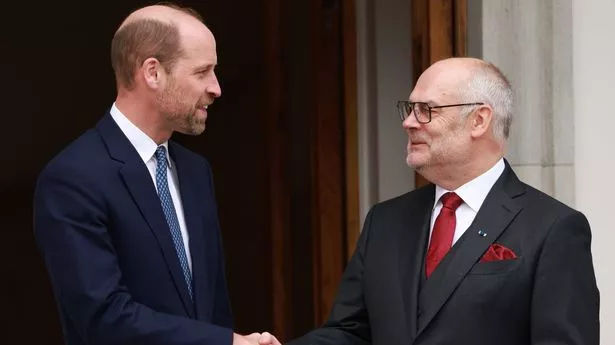
During the visit, Prince William was briefed on Sunly’s initiatives to implement zonal pricing, which could allow businesses and households near energy parks to pay up to 50% less for electricity. This pricing strategy aims to make renewable energy more accessible and economically viable for local communities.
Priit Lepasepp, Sunly’s co-founder and chief executive, highlighted the broader implications of their work, stating, “The war in Ukraine has demonstrated the vulnerabilities of energy systems reliant on fossil fuel imports. What we’re building here isn’t just energy infrastructure—it’s a green shield for national security.” He noted that unlike gas, which is dependent on global supply chains, solar and wind energy can continue to generate power even under adverse conditions, such as war or extreme weather.
The Risti Energy Park is designed to maintain a limited power supply even in the most challenging scenarios, reinforcing the importance of energy independence and resilience.
Prince William’s visit comes at a pivotal moment for Sunly, following the recent acquisition of €62 million in financing from the European Investment Bank (EIB) and other investors. This funding will further bolster the development of hybrid energy solutions, crucial for transitioning to a more sustainable and secure energy future.
Prince William’s engagement with Sunly underscores the critical role of hybrid energy solutions in enhancing energy security and reducing reliance on fossil fuels. As Europe navigates the complexities of energy independence, innovative projects like the Risti Energy Park pave the way for a greener and more resilient future, ensuring that communities can thrive even in the face of global challenges.
